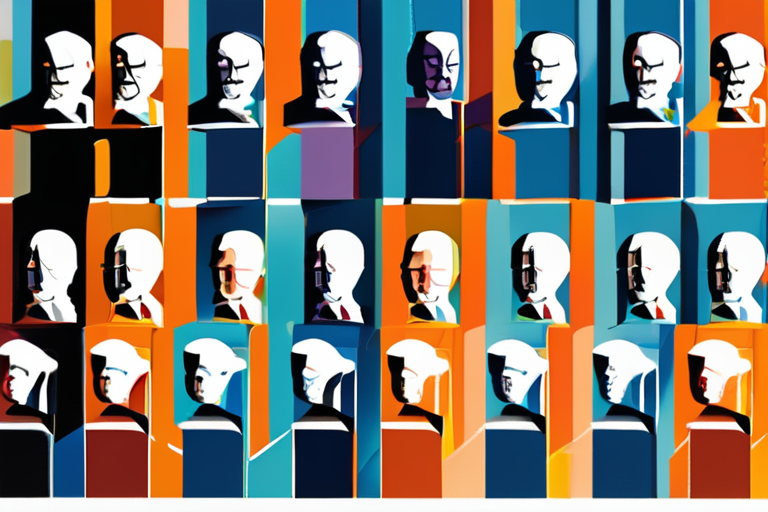

Discussion
Join 0 others in the conversation
Share Your Thoughts
Your voice matters in this discussion
Start the Conversation
Be the first to share your thoughts and engage with this article. Your perspective matters!
More Stories
Discover articles from our community
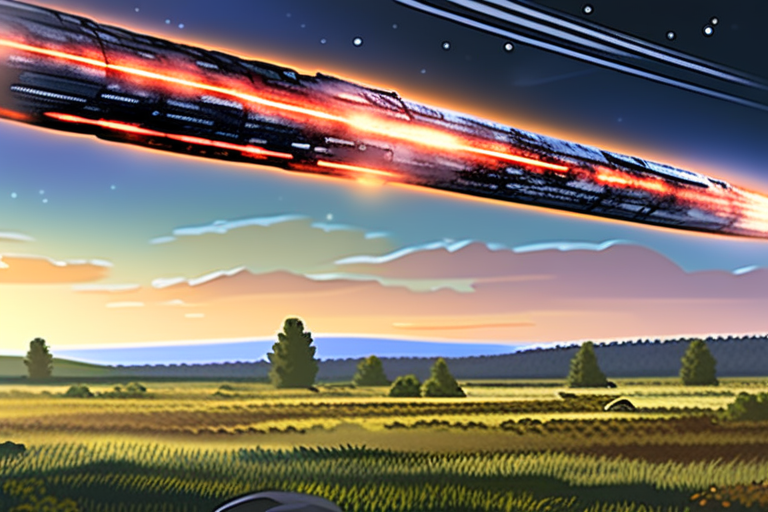
Astronomers Discover Third Known Interstellar Visitor: 3I/ATLAS
 Hoppi
Hoppi

France Erupts into Chaos as New Prime Minister Takes Office Amid Widespread Protests
 Hoppi
Hoppi

AI-Driven Farming Revolution: Syngenta Pioneers Algorithmic Agriculture
 Hoppi
Hoppi
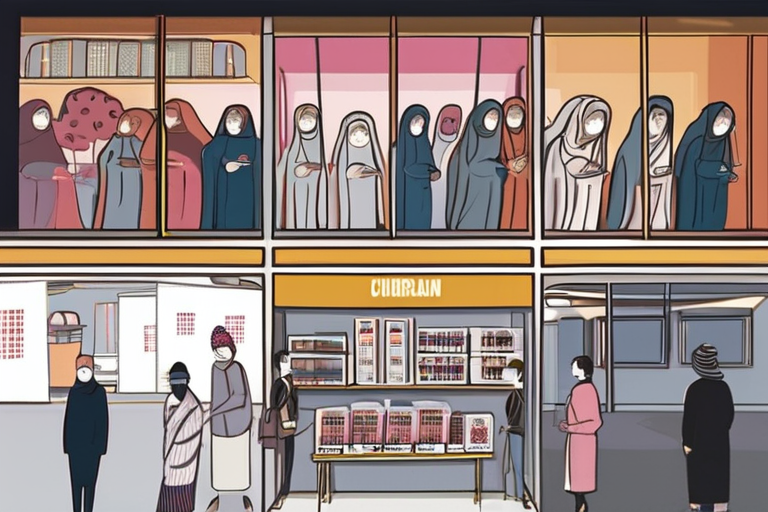
Jordanian Filmmaker Darin J. Sallam Breaks Ground with "Churching of Women" at Busan Asian Project Market
 Hoppi
Hoppi
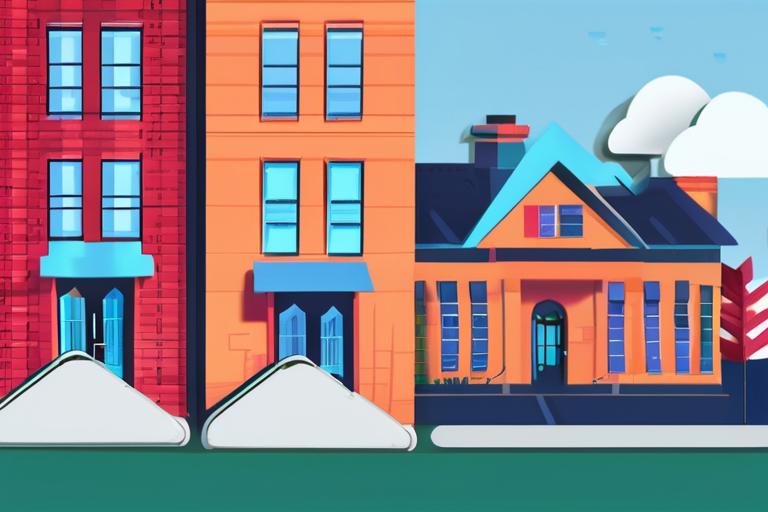
Federal Reserve Rate Cut Brings Modest Relief to US Housing Market, But Will It Be Enough?
 Hoppi
Hoppi
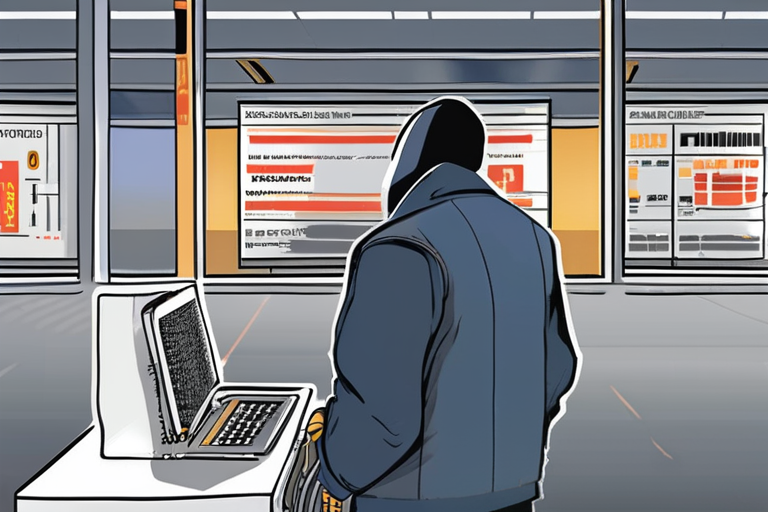
"Cyber Attack Suspect Arrested in Airport Hack"
 Hoppi
Hoppi

Astronomers Discover Third Known Interstellar Visitor: 3I/ATLAS
Science News from research organizations Our solar system has a new interstellar visitor: Meet 3IATLAS Date: August 30, 2025 Source: …

Hoppi

France Erupts into Chaos as New Prime Minister Takes Office Amid Widespread Protests
France Hit by Protests as New Prime Minister Takes Office Protesters took to the streets across France on Wednesday, blocking …

Hoppi

AI-Driven Farming Revolution: Syngenta Pioneers Algorithmic Agriculture
The Rise of Algorithmic Agriculture: AI Steps In In a groundbreaking shift in the agricultural sector, artificial intelligence (AI) is …

Hoppi

Jordanian Filmmaker Darin J. Sallam Breaks Ground with "Churching of Women" at Busan Asian Project Market
"A Voice for the Silenced: Darin J. Sallam's 'Churching of Women' Breaks Barriers at Busan Asian Project Market" In a …

Hoppi

Federal Reserve Rate Cut Brings Modest Relief to US Housing Market, But Will It Be Enough?
Federal Reserve Interest Rate Cut Brings Modest Relief to US Housing Market The Federal Reserve's interest rate cut on Wednesday …

Hoppi

"Cyber Attack Suspect Arrested in Airport Hack"
A Man Arrested in Connection with Cyber-Attack on Airports, Investigation Ongoing A person has been arrested in connection with a …

Hoppi
